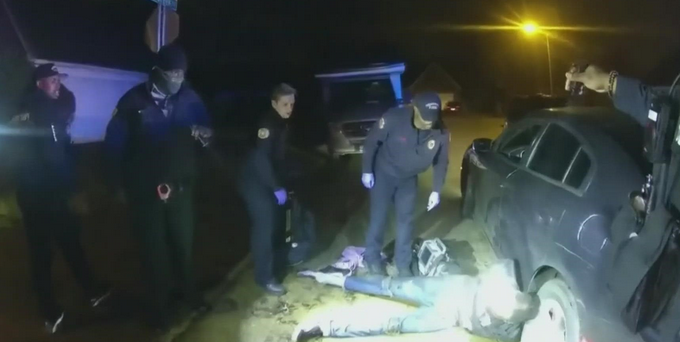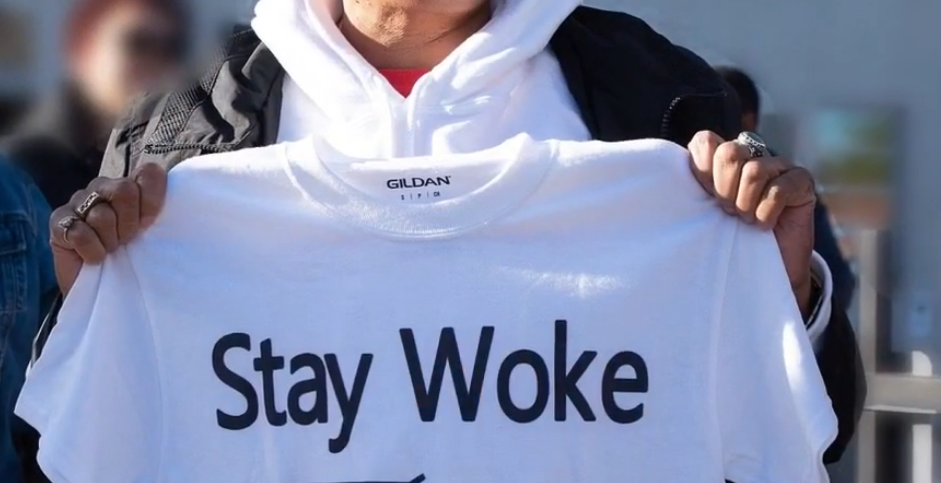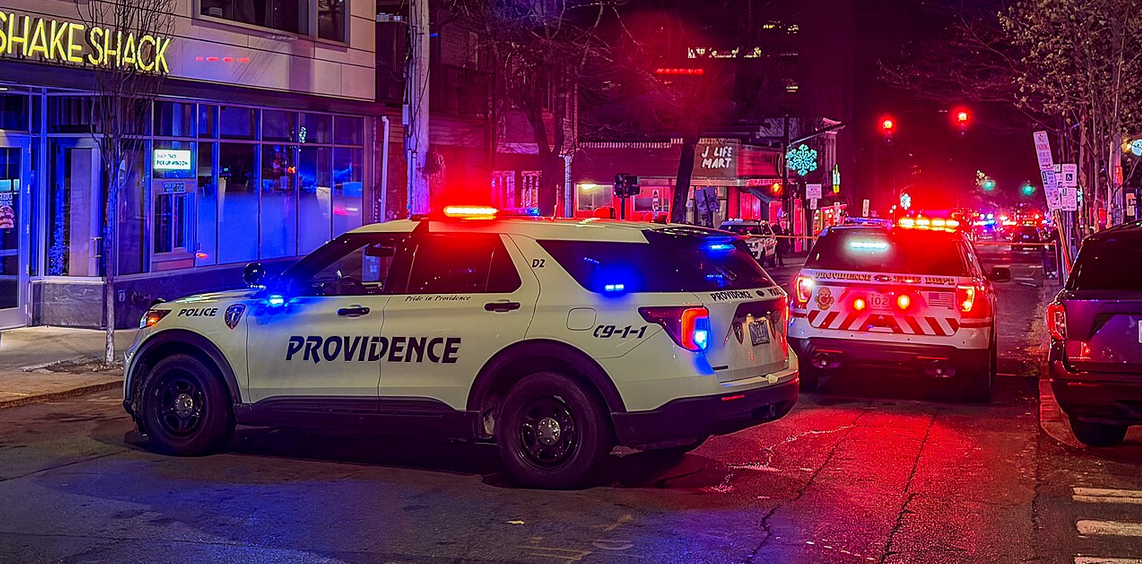Photo: Screenshot
The killing of Tyre Nichols by five Memphis police officers arose from what has become an American flashpoint of race and brutality: the police stop of a vehicle. Data obtained by my organization, the New York Civil Liberties Union, revealed that in 2022 alone NYPD officers conducted nearly 675,000 vehicle stops, every one of which had the potential to spiral into violence.
In the graphic video released of the beating of Nichols — and in so many chillingly similar videos of Black motorists being attacked — police officers are seen delivering the blows, but many others also bear responsibility. Most troubling from my perspective as a civil-rights lawyer is the role the courts have played.
Decisions from the U.S. Supreme Court and from New York’s highest court have given the police free license to stop motorists even when the actual reason for the stop is the race of drivers or passengers. These decisions have opened the door to massive numbers of traffic stops and to widespread racial profiling in those stops.
Simply put, the courts have blood on their hands. Here in New York, however, our top court has the opportunity to redeem itself in a case involving a new and burgeoning dimension of police traffic stops: stops of cyclists. Intriguingly, this case is tied up in the Albany fight over Gov. Hochul’s effort to appoint the court’s new chief judge.
Understanding judicial responsibility for racist police traffic stops starts with what every driver knows: It is virtually impossible, even for the most diligent, to be in a car without breaking some rule. You’re going too fast, you’re going too slow, you didn’t signal properly, you’re holding your phone, you didn’t fully stop, you have an air-freshener hanging from your rear-view mirror, you have a broken tail-light, etc., etc., etc. Because of all these rules, police officers always can claim a justification for pulling someone over.
This situation has forced the courts to decide what limits the law places on police traffic stops, an issue that took on increasing urgency with studies demonstrating racial profiling in these stops. In 1996 the Supreme Court decided the issue, handing to police officers the authority to stop vehicles for a whole range of impermissible reasons — including racial profiling, sexual targeting, and personal vindictiveness — without fear of consequence under the Fourth Amendment so long as officers can claim a traffic or vehicle infraction.
The court noted the argument that the “multitude of traffic and equipment regulations is so large and so difficult to obey that virtually everyone is guilty of a violation, permitting the police to single out almost whomever they wish for a stop” and the contention “police officers might decide which motorists to stop based on decidedly impermissible factors, such as the race of the car’s occupants.” Nonetheless, it ruled unanimously that “subjective intentions play no role in ordinary, probable-cause Fourth Amendment analysis.”
Five years later, New York’s top court had the chance to curb race-based police stops in a case involving a traffic stop by the notorious NYPD Street Crime Unit responsible for the 1999 shooting death of Amadou Diallo. Though the court fully recognized the danger of racial profiling under the Supreme Court’s decision, it still decided to take the same approach. Under that state decision, the New York Constitution‘s equivalent of the Fourth Amendment allows police officers to make traffic stops because of the race of the driver if officers can claim a traffic or vehicle violation.
Despite widespread condemnation of the Supreme Court’s decision and national tragedies like the killing of Tyre Nichols, the court has shown no sign of changing course. In New York, however, our highest court is poised to decide a case involving a police stop in Queens of a brown-skinned man riding a bicycle. A brief by the NYCLU presented the court with a series of studies demonstrating how race infects police stops of cyclists and called on the court to take a new approach limiting police traffic stops.
Operating with only six judges, the court heard arguments on Nov. 16 but could not reach a decision and now is holding the case until a seventh judge joins the court. That will not happen anytime soon given the defeat of the governor’s nomination of Hector LaSalle.
Whoever the new chief judge is, now is the time for New York to fix the Supreme Court’s grievous error and draw a firm line barring police stops motivated by race. And the new chief judge must be someone committed to confronting the racism that pervades policing.
This piece was originally published in the New York Daily News






